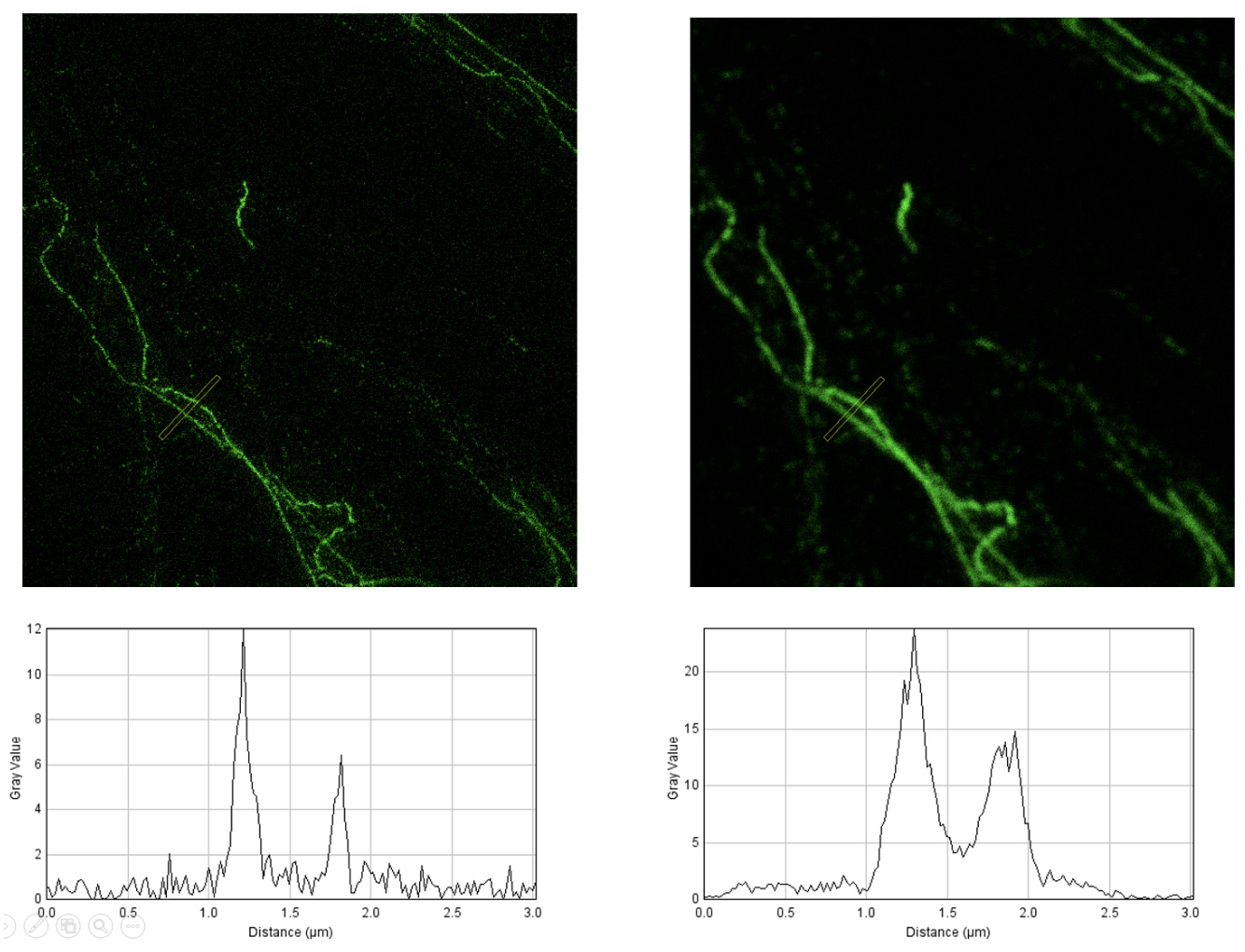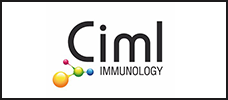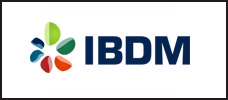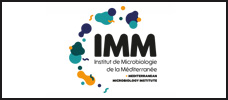Super-Resolution Microscopy for Nanoscale Biological Insights
The development of super-resolved fluorescence microscopy, recognized by the 2014 Nobel Prize in Chemistry awarded to Eric Betzig, Stefan W. Hell, and William E. Moerner, revolutionized light microscopy by overcoming the diffraction limit.
The PICsL node offers state-of-the-art instruments based on the Nobel-winning principles, enabling researchers to achieve nanoscale resolution for biological imaging.

Applications
SIM (Structured Illumination Microscopy):
Structured Illumination Microscopy (SIM) enhances resolution by projecting patterned light onto samples, providing high-resolution 3D imaging of biological structures. The IMM core facility offers SIM technology, supported by expertise, training, and technical assistance to ensure optimal use of this advanced method.
STED (Stimulated Emission Depletion Microscopy):
Developed by Stefan W. Hell, STED microscopy uses selective fluorophore deactivation to enhance resolution, often down to 50 nm or less. The IBDM platform features the Leica SP8 TAU-STED X system, which optimizes 3D acquisition of live samples while avoiding the need for high-intensity laser depletion. This technology is particularly effective for studying dynamic biological structures with unparalleled precision.
STORM (Stochastic Optical Reconstruction Microscopy):
The CIML platform offers a home-made setup for single-molecule localization microscopy (SMLM), paired with parameter-free software tools for real-time quality control of SMLM data. These tools, such as the UNLOC algorithm, provide robust, quantitative control of data for high-density imaging applications.
References
Sergé A, Bertaux N, Rigneault H, Marguet D Dynamic multiple-target tracing probes spatiotemporal cartography of cell membranes Nat Methods 2008 5:687-94 Epub 2008 Jul 6
Mailfert S, Touvier J, Benyoussef L, Fabre R, Raboui A, Blache M-C, Hamon Y, Brusltein S, Monneret S, Marguet D#, Bertaux N# A theoretical high-density nanoscopy study leads to the design of UNLOC, a parameter-free algorithm Biophys J 2018, 115:565-576 doi: 10.1016/j.bpj.2018.06.024
Mailfert S., Djendli M, Fabre R, Marguet D#, Bertaux N# QCM: real-time quantitative quality control of single-molecule localization microscopy acquisitions
Biophys J 2025,1132-1145 doi : 10.1016/j.bpj.2025.02.018
The Fluorescence nanoscopy platform at PICsL combines cutting-edge technologies and Nobel-inspired methods to deliver exceptional resolution, enabling groundbreaking insights into the nanoscale dynamics of biological systems.

Achieves nanoscale resolution using Nobel-winning super-resolution microscopy techniques.

SIM provides high-resolution, 3D imaging of biological structures.

STED delivers 3D datasets with resolution down to 50 nm.

STORM enables precise single-molecule localization and real-time quality control.

Integrates expertise and advanced tools from CIML, IBDM and IBDM.







